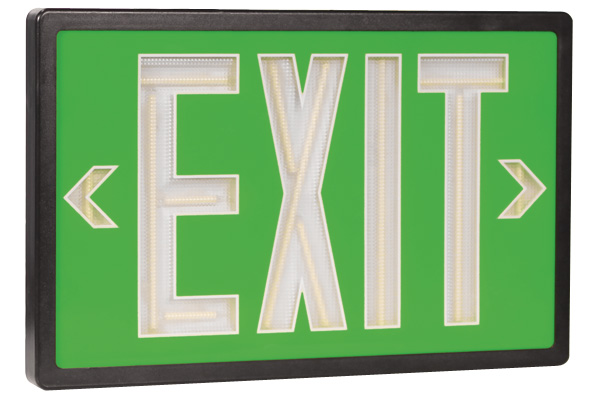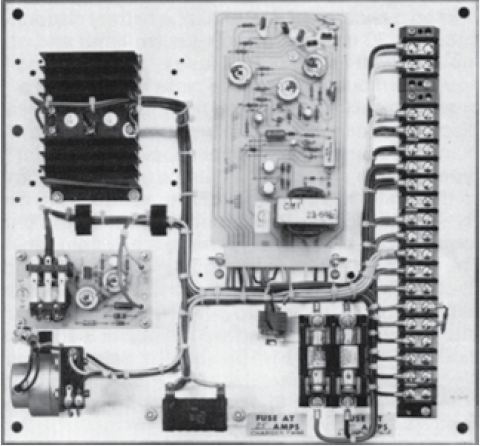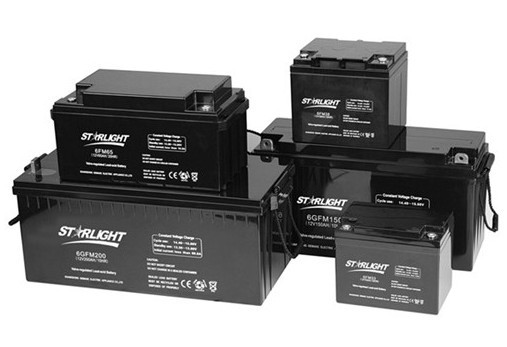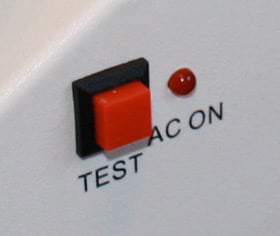Some locations where it is difficult to install electrically powered emergency exit signs, such as above doorways, are perfect locations for Tritium exit signs. Tritium exit signs are signs that glow in the dark and contain a radioactive gas called tritium. The gas is enclosed in sealed glass tubes with a light-emitting compound inside. The tritium gives off low-energy beta radiation that causes the lining to glow inside the sign but the radiation is unable to penetrate even a piece of paper or clothing. Just like other more common exit signs, these units serve an important safety function by marking exits to be used during power outages and other emergencies. Tritium signs come in 10 year and 20 year expiration models and are available in a number of colors and configurations.








